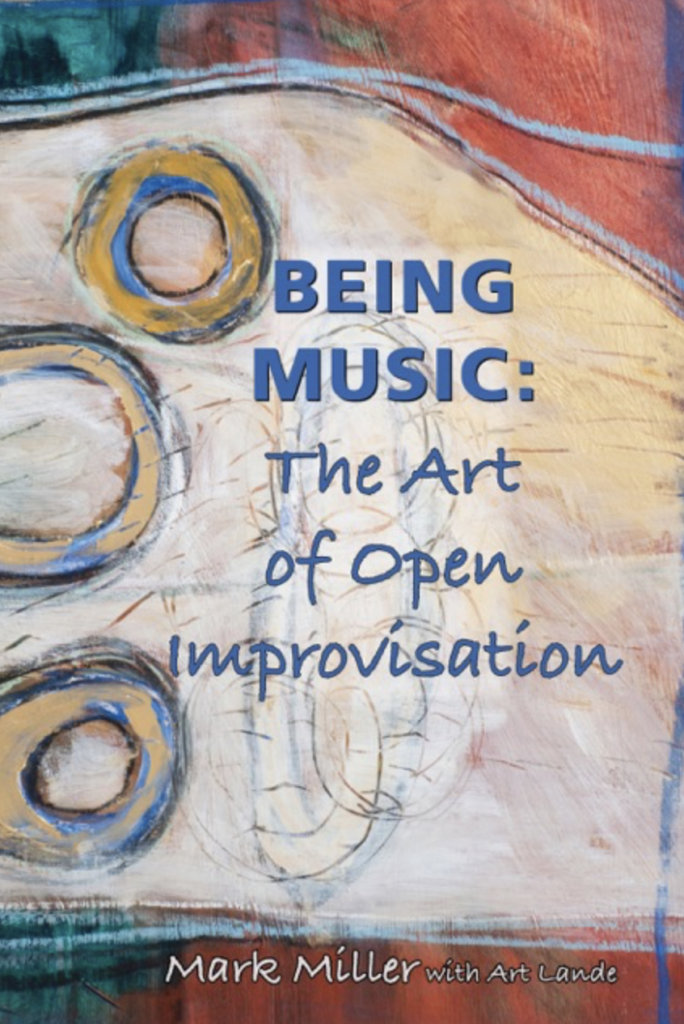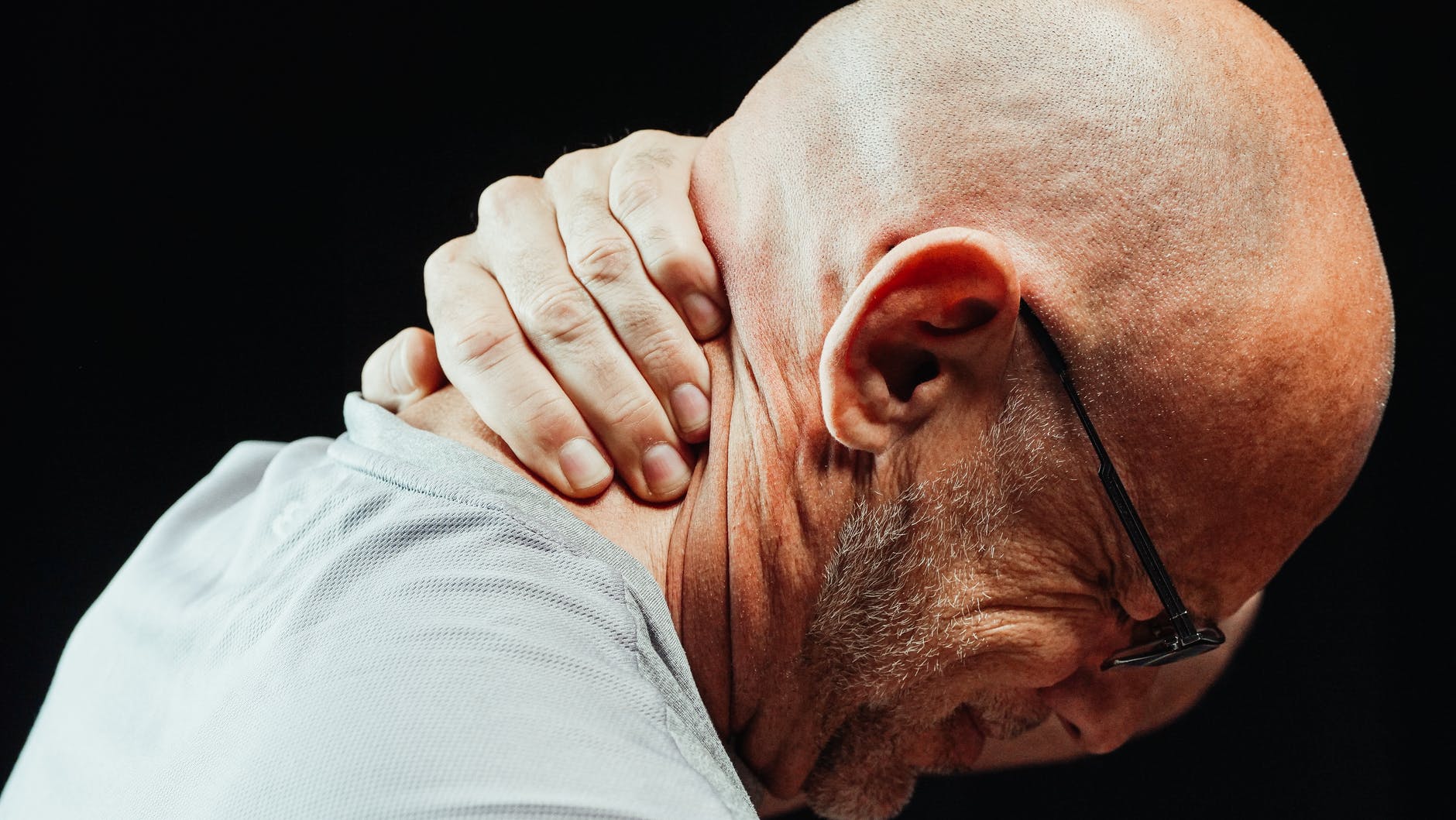
In its purest, most essential form, musical improvisation is not incumbent upon chords, scales, specific styles, or forms. (This includes jazz.) These are simply some of the materials from which music is made.
The thing that all genres of improvisation have in common, the thing that all improvising musicians have in common, is the spontaneous expression of the self through music.
As someone who teaches, coaches and writes about the skills of improvisation, I’ll say that virtually all of the people who seek my help are musicians playing primarily (if not exclusively) in the jazz tradition. Many of these musicians are surprised when I start talking about the importance of “open improvisation”.
Open improvisation, or “free” improvisation as it’s sometimes called, in the simplest sense, is improvisation with no preconceived form over which to improvise (e.g., no chord changes, bar forms etc.). Sometimes even no preconceived anything. Just the muse of the improviser, as expressed through current musical skills and life experiences. This is done either in conjunction/connection with the other musicians involved in the process, or in a singular, “unaccompanied” expression.
And this is precisely what happens whenever we think/speak to ourselves, as well as when we converse with others. It is a natural and beautiful human phenomenon. We are, all of us, natural born improvisers.
I practice open improvisation every day (in addition to other more specific improvisational skills and styles), and I recommend it to all my jazz musician clients.
This daily discipline (a meditation, really) will open up your improvisational imagination in unexpected ways. It will help you express yourself more readily, and more authentically. You will find delight in discovering and expressing new things from within yourself every time you play. If you are exclusively a jazz musician (improvising over harmonic forms), this kind of daily practice will simply make you better at what you do.
Yet the question for somebody new to approaching open improvisation always seems to be: “Okay, but where do I start with this, and how do practice it and ‘progress’ with it?”
Being Music: The Art of Open Improvisation, by Mark Miller with Art Lande is the first book I’ve encountered that clearly, comprehensively and practically, answers that question. It fills a huge void in the vast amounts of books available out there on improvisational pedagogy.
Mark Miller is a wonderfully gifted instrumentalist and composer, performing on saxophone, flutes, bass clarinet, shakuhachi (the Japanese bamboo flute) and EWI. A Grammy nominated artist, he has has performed with a wide array of improvising musicians from a large variety of genres.
In addition to his performing career, Mr. Miller also serves as Professor of Music at Naropa University’s School of the Arts. He is also a student and practitioner of Zen meditation, and this is seamlessly interwoven into his approach to improvisation and into his teaching. In particular, the practice of “non-doing” (allowing things to unfold on their own), of being fully present and available, and playing music from a place of love, curiosity and kindness stood out in my mind as I read Being Music.
The book is written in conjunction with another remarkable improvising musician, pianist, composer and educator, Art Lande. I first became aware of Art Lande from the astoundingly beautiful (and highly critically acclaimed) recordings he made for ECM records.
To this day, Miller and Lande perform in an on ongoing musical duo with remarkable depth and empathy. They are able to create spontaneous “compositions” with astonishing beauty, clarity, surprise, and with a rare degree of simpatico.
Both of these maestros speak so lovingly and lucidly about both the aesthetic and the practical considerations for making beautiful, cogent spontaneous music. Their rapport is as evident in their dialogue from the book, as it is in their collective performances.
Here is a quote from the author that sums up the essence of the book:
“Improvisation is a practice of musical exploration and discovery. What we explore is our lived experience and what we discover we share with our audience. As improvisers, our creative resources include sense perception, imagination, somatic presence, and the vitality of emotional expression. In collaboration we develop relationships that serve the music and balance the priorities of self and others in the ensemble. Being Music describes the craft of improvisation as ‘spontaneous composition’ including an awareness of form, compositional focus, theme and development, stillness and creative flow.”
As an Alexander Technique teacher, one of the things I most appreciate is Mark Miller’s “holistic” approach to the improvisational process. For example, he talks about how what we do with, and what we perceive, through our bodies (our “sense perception”) is a fundamental part of our experience and our expression (just as it is a fundamental part of our human experience).
Another thing I love is how the materials of music (form, meter, pitch, harmony, theme, etc.) can fit into to open improvisation. To me, form is always there, whether we are conscious of it or not.
And in addition to these things , some of the perhaps “less” musically tangible things, like mood, the implied colors of sound, story telling, humor, human connection and more, are lovingly and lucidly presented.
There were so many “Yes!” moments, and “Aha!” moments for me when I read this book. As a practice coach, one of my favorites is about the role of practicing specific musical skills as they relate to improvising:
“Good musicianship allows us to transform our being into music without any part of us getting lost in translation. Practicing is a lifelong process of removing obstacles to honest music making–playing what you hear and hearing what you play.”
One of the best things about this book is how ultimately practical it is. Though it lays a solid esthetic and philosophical ground for both the process of improvisation in general, and open Improvisation in particular, it is chock full of practical advice and specific ways to practice and explore to deepen experience and skill in this art form.
It is a “how to” book on open improvisation (and so much more). Mr. Miller offers many ingenious exercises and explorations, each of them presented in such a way as to be user friendly, enjoyable, methodical and progressive. They will help you to clearly and confidently build your skills. Very “step by step”. I love that!
Finally, this is a beautifully written book. Mr. Miller’s prose is quite lovely. Like his work as an improvising musician, his writing is eloquent, thoughtful, open-hearted, and at times, poetic and even vulnerable. The dialogues between Miller and Lande are pure gold, overflowing with wisdom and insight. Deep, important questions are asked and explored in abundance.
Being Music: The Art of Open Improvisation, by Mark Miller with Art Lande is a “must read” for any serious student of improvisation, of any ability or genre. It’s a book I’ll read again and again from time to time. Like a great musical recording, I’m sure I’ll continue to have those “Yes!” and “Aha!” moments as I do so. Highly recommended.
Here’s a link to purchase the book: Being Music: The Art of Open Improvisation.




